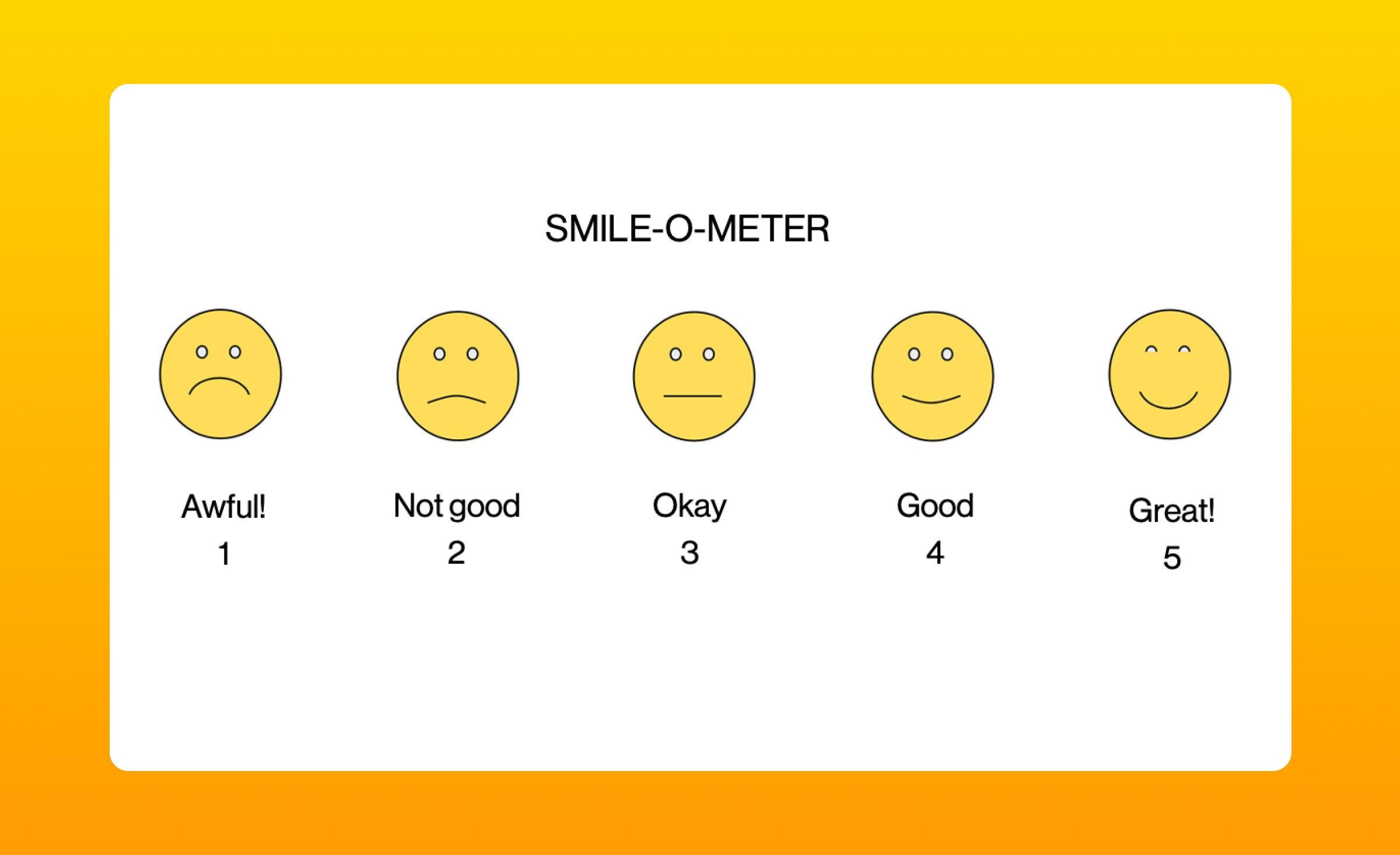

By Serena Down
As researchers, it’s important to remember we are not our users. This is especially true when studying kids and teens. Kids have their own unique ways of thinking, communicating, and processing information that require a totally different approach from research studies with adults.
"Kids are not just tiny adults — they have their own culture, world, and way of thinking that requires adjusting the way we conduct user research." - Annabel Blake, children’s author, designer, and researcher"
So, how do you conduct research with kids and teens effectively? Here are 10 best practices from Blink’s research team, gleaned from years of experience interviewing hundreds of kids and teens on various devices and topics.
1. Build Rapport with the Experts in Fun
You may be the expert in research, but kids are the experts in being kids. Warm-ups are critical to helping them feel at ease, and a little rapport goes a long way when working with younger participants. Build time to chat about their favorite video games, music, or that meme they just saw—anything to get them comfortable.

For teens, especially, ease into your research questions. First, give them space to talk about their favorite things, so that when you ask serious questions later, you’ll find they open up a lot more. Show authentic interest in their stories and consider sharing a tidbit about yourself in response. We’ve seen and research has shown that sharing a bit about yourself too helps build rapport with teens.
2. Know When to Take Breaks
Kids—and teens especially—can get fatigued during long sessions, so breaks are essential. If the session is a bit longer, consider splitting it into two parts or adding time for a movement, bathroom, or snack break.
Also, remember that the teenage generation is navigating more than just schoolwork. Mental health issues, like social anxiety, are on the rise, especially post-pandemic. Be mindful and create a kid-friendly lab environment where they feel safe and comfortable, especially after a long, potentially stressful school day.
3. Speak Their Language and Mirror Their Energy
With younger kids, use simple, clear language and avoid jargon or UI-specific terms that might bias younger participants toward UI elements you are interested in.
Teens have their own lexicon, and it’s essential that you understand it. Even if you know what a slang term means, don’t be afraid to ask for clarification if something seems off. This is crucial for getting authentic feedback, and it helps make the session feel like a true conversation.

In addition to speaking their language, mirror their energy. If a participant is more reserved, take a step back and give them lots of time to think and sit with your questions. If they're more bubbly, feel free to be a little lighthearted, don't shy away from the occasional joke!
4. Get Creative with the Tools
For younger kids who are pre- or emerging readers, traditional feedback methods are ineffective. Use visual tools found to be valid and reliable when working with kids, such as the Smileyometer, Again Again table, or the Fun Sorter in the FunToolkit. Consider thumbs-up/thumbs-down scales, or even stickers.

Kids love getting hands-on, so let them place stickers or draw directly on the devices they’re testing. In fact, integrating play into the study itself can keep them engaged longer—after all, kids are naturally curious and playful, and research should tap into that.
If possible, let kids physically explore prototypes for a few minutes unmoderated. Young participants sometimes have difficulty quickly putting their thoughts into words, and unmoderated research helps them conceptualize what they are thinking, feeling, and seeing. Kids tend to be less distractible throughout the session if they've had time to play around with the product.
5. Protect Privacy and PII
When you’re working with minors, privacy standards are strict. It’s essential to handle data with care—no video downloads, no recording sessions without explicit consent, and definitely no sharing of personal info without approval from parents or guardians.
Make sure you’re fully informed of standards in your geography, especially with data capture or video recording, before setting up your study. Different states and countries have different regulations.
6. Navigating Parental Involvement
Parents are essential when conducting research with younger kids. For younger children, it’s helpful to have parents nearby, but not in the immediate vicinity. Set clear expectations that parents not assist their child with session tasks or questions, even if they are struggling. Too much oversight can make kids feel self-conscious, and their responses may be impacted.

With teens, you might want to consider asking parents to be present but out of the room. Offer parents of younger kids to be “silent observers,” who can share their perceptions of their kids’ reactions after the session. This gives parents a job, and their “insider knowledge” about their child might yield valuable insight and context about participant reactions.
7. Keep the Vibe Fun and Environment Simple
Annabel Blake calls research with kids and teens “play design”, which wisely emphasizes fun. At the end of the day, kids are still kids. And if your study isn’t fun or engaging in some way, you might find yourself in the awkward position of trying to get them to focus as they ask, “Are we done yet?”

Plan activities and sessions around the stuff they care about, whether games, characters, or social media. Keep the vibe light and interactive; your participants will be more willing to share.
Your activities should be engaging, but keep your test environment simple. Minimize potential distractions on walls, surfaces, or posed by lab furniture, such as avoiding "spinning chairs."
8. Recruit and Segment Intentionally
Recruiting for children and teens can prove more difficult than an adult recruit - simply due to parent and child schedules and cognitive development differences in even the smallest age gaps.
Understandably, many kids and teens feel awkward interacting with a strange adult, especially one-on-one in an unfamiliar lab setting. Learning from an uncommunicative kid or teen is tough, so screen carefully to identify open and talkative participants who enjoy interacting with new adults or peers.
Consider who you want to talk to and create age segments intentionally, as even a single year can represent a big developmental leap for kids and teens. For example, when kids transition from elementary to junior high school, their engagement with peers, phones, and social media can change dramatically. If working with different ages, adjust your session guide to suit kids' physical, cognitive, and social capabilities and interests at different developmental stages.
9. Get Creative to Uncover Kids’ Honest Opinions
Even more than adults, kids and teens are sensitive to task demands when interacting with authority figures, no matter how friendly. Kids often feel evaluated and pressured to share the “right” answer in a research session.
Find creative ways to help kids feel safe sharing their genuine opinions. For example, ask, “Is this product for kids your age, younger, or older?” This gives kids permission to explain why they feel a product isn’t right for them without worrying they will hurt your feelings.
10. Be Reassuring Without Leading
Compared to adults, kids and teens require more reassurance that they are “doing a good job” as participants. When the moderator doesn’t react to their answers, they may clam up and stop responding.

General positive feedback, like “You’re doing a great job showing me what you think about this site” or “Thank you for sharing that, it’s so helpful,” can keep young participants motivated and reassured without leading them to answer in a particular way.
Go Forth and Conduct Great Research
User research with kids can be a rewarding challenge if you approach it with flexibility, understanding, and a dash of humor. Remember, they’re not just little adults, and if you can tap into their world, you’ll gain insights that you just can’t get from grown-ups.
And above all, keep it safe, keep it playful, and keep it authentic.



